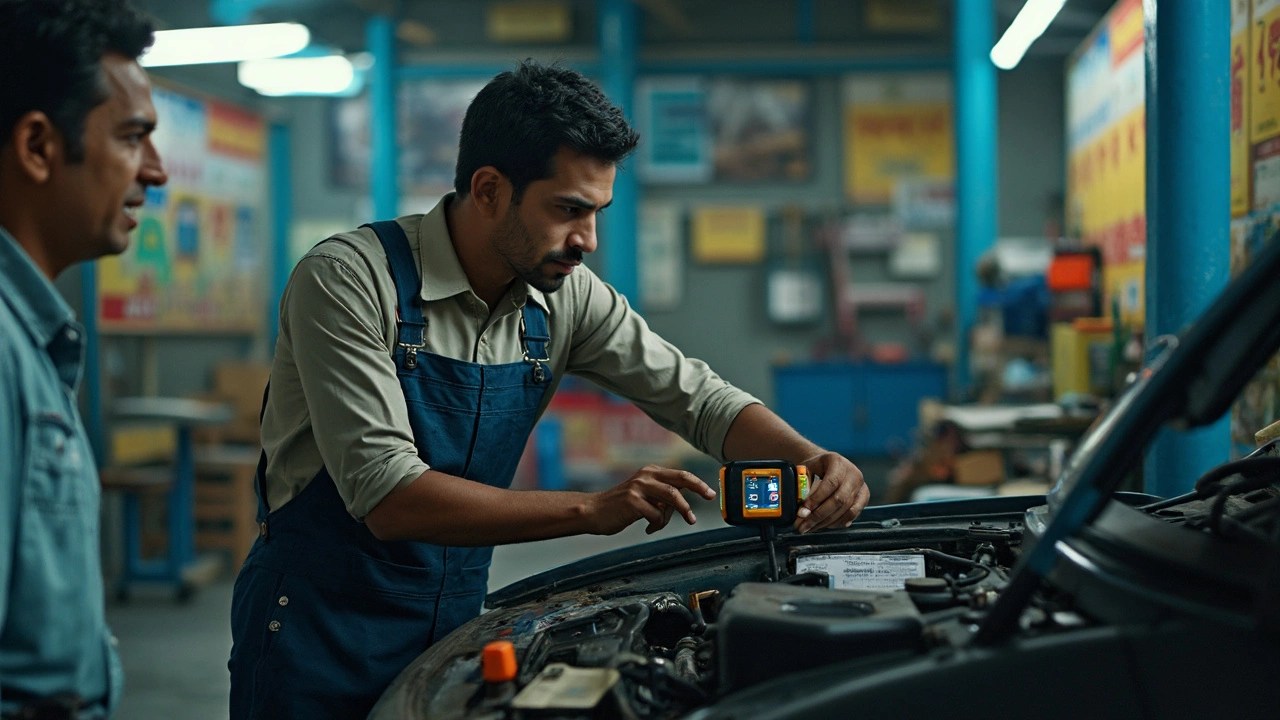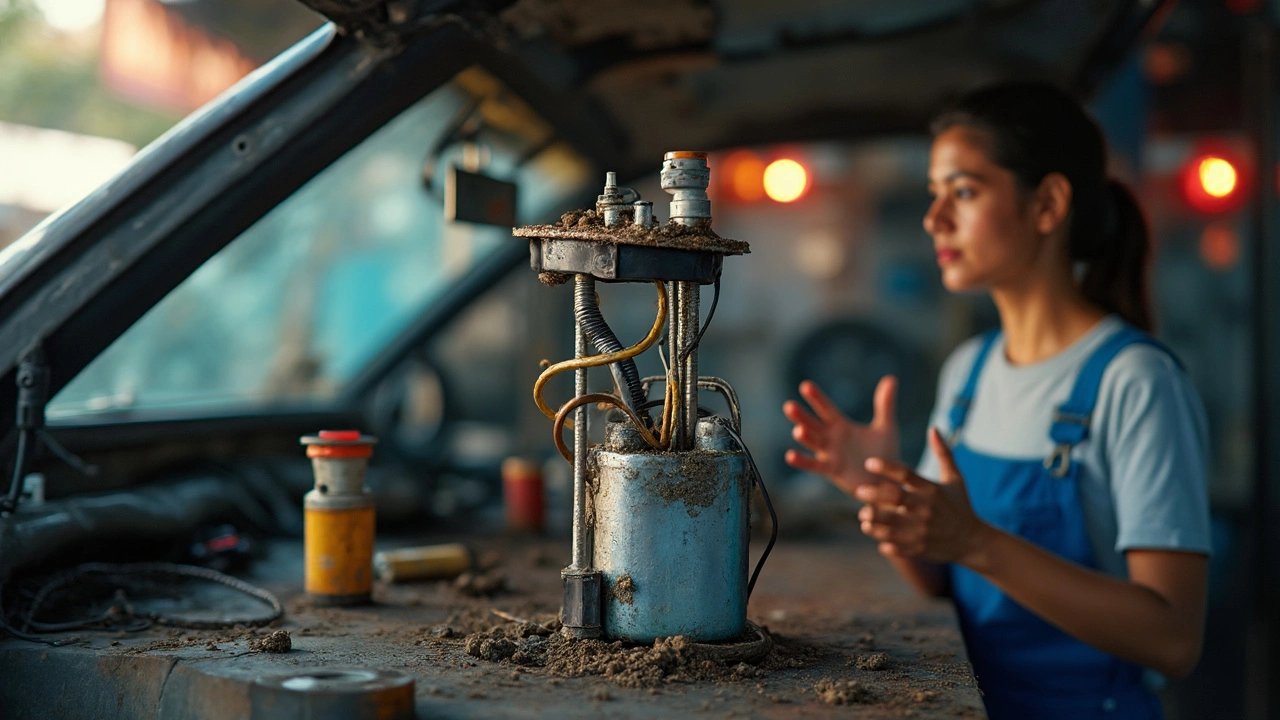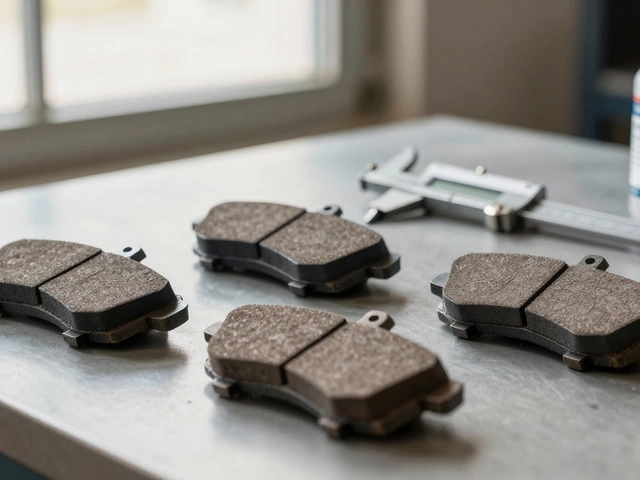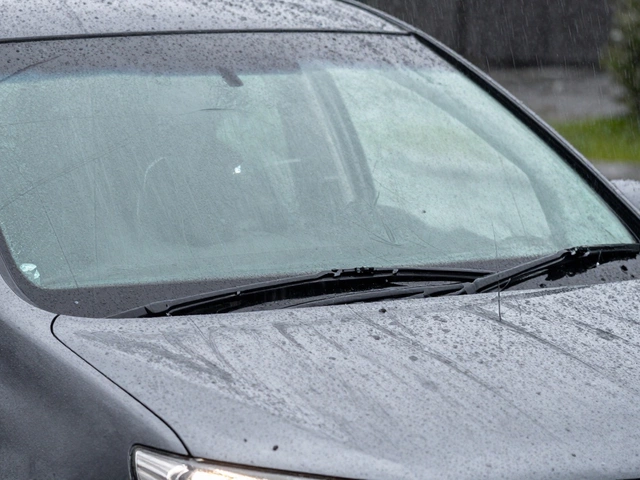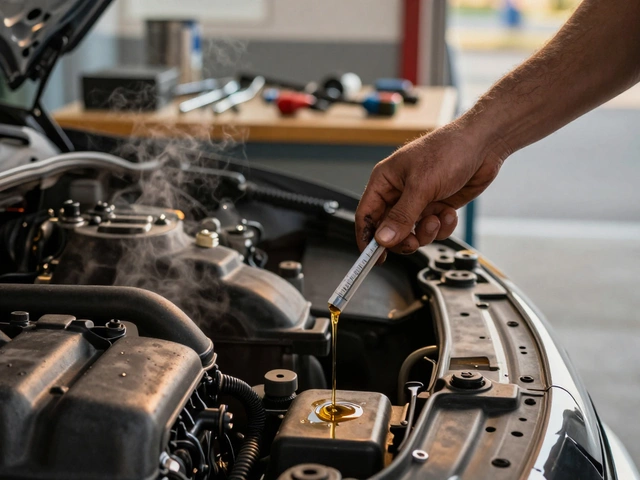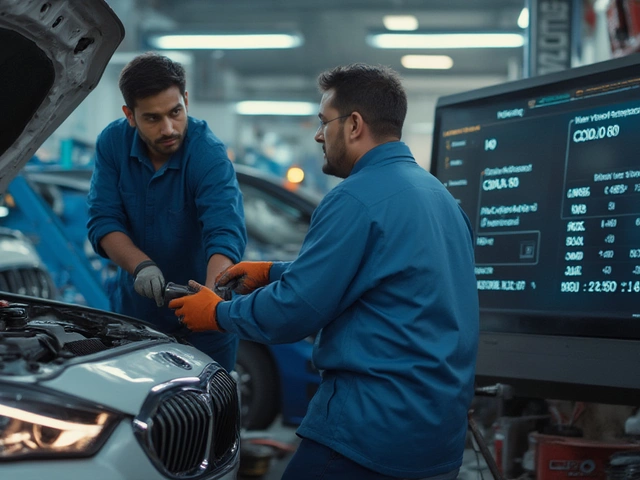Fuel Pump: How It Works, When It Fails & What You Can Do
A fuel pump is the heart of the fuel system. It pulls gasoline from the tank and pushes it through the lines to the engine at the right pressure. Without the right pressure, the engine stalls, hesitates, or won’t start at all. Knowing the basics helps you catch problems early and save money.
How a Fuel Pump Works
Most modern cars use an electric pump mounted inside the fuel tank. When you turn the ignition on, the engine control unit (ECU) tells the pump how much fuel to deliver. A pressure sensor monitors the line and tells the pump when to turn up or down. This constant dance keeps the engine getting just the right amount of fuel for any speed or load.
If your car has a mechanical pump (found on older models), it’s driven by the engine’s camshaft. The pump’s plunger moves up and down, creating pressure. Mechanical pumps are simple but can wear out faster because they rely on moving parts inside the engine.
Common Fuel Pump Issues & DIY Checks
When a pump starts to fail, you’ll notice a few tell‑tale signs. A whining or humming noise from the tank often means the pump is straining. If the engine sputters at idle, stalls when you press the gas, or takes longer to start on a cold morning, the pump could be losing pressure.
One easy test is the "fuel pressure gauge" check. Hook the gauge onto the fuel rail’s test port (your owner’s manual will show the location). Turn the key to the ON position—no start. If the gauge reads below the specifications listed in the manual, the pump is likely weak.Another quick DIY trick is the "fuel tap" test. Locate the fuel line’s quick‑disconnect fitting, place a clear container under it, and turn the ignition on. If fuel flows steadily, the pump is still pushing fuel; if it dribbles or stops, you’ve got a problem.
When you confirm a pump issue, you have two paths: replace it yourself or let a shop handle it. Most pumps are accessed by dropping the fuel tank, which requires a jack, safety straps, and a fuel line disconnect tool. If you’re comfortable with lifts and have a clean workspace, swapping a pump can cost half of a shop’s labor rate.
Before you pull the tank, relieve the fuel system pressure. Pull the fuel pump relay or fuse, start the engine, and let it stall—this drops the pressure safely. Once the tank is down, disconnect the electrical connector, unplug the fuel lines, and remove the mounting bolts. New pumps usually come with a new fuel filter; swapping both at once prevents future clogs.
After installation, prime the pump by turning the ignition on for a few seconds without starting the engine. This builds pressure in the line. Then start the car and listen for a smooth idle. If the engine still hesitates, double‑check for air leaks, loose connections, or a clogged filter.
In short, a healthy fuel pump keeps your car humming. Regularly listen for odd noises, watch for stalling, and run a quick pressure test if anything feels off. Catching a weak pump early means you can replace it on your own or at a lower cost, keeping your ride reliable and your wallet happy.

Will Resetting the Battery Reset the Fuel Pump? Straight Answers for Car Owners
Wondering if disconnecting your car battery will reset your fuel pump? This article breaks down what actually happens when you reset your battery and how it affects your car’s fuel system. Get clear, actionable tips on how fuel pumps are controlled, common fuel delivery issues, and what you should try if your pump isn’t working. We’ll even share some mechanic-tested steps for real troubleshooting. No jargon—just honest answers to get you back on the road.
CONTINUE READING
Fuel Pump Problems: How to Tell If Yours Needs Replacing
This guide breaks down the signs that your car might need a new fuel pump. You'll learn what symptoms to watch for, why a bad pump causes problems, and how to make smart choices about replacing it. Save money by catching issues early and avoiding roadside surprises. These tips cover real-world situations and common mistakes. Whether you're dealing with random stalls, strange noises, or slow starts, this article can help.
CONTINUE READING
Fuel Pump Failure Symptoms: Spot the Signs Before You’re Stranded
Ever notice your car stalling or struggling to start? It could be your fuel pump waving a red flag. This article cuts through the guesswork and lays out the most common symptoms of fuel pump failure, so you don’t get stuck roadside. You’ll find relatable examples, clear tips, and things to check before calling a tow. Get the inside scoop on what’s really going on under the hood.
CONTINUE READING
What Does a Failing Fuel Pump Sound Like?
Ever wondered if your car's strange noise might be a failing fuel pump? Knowing what sounds to listen for can be the key to diagnosing the problem early and avoiding hassle on the road. This guide sheds light on what noises might indicate fuel pump failure and offers practical advice on what to do should you hear them. From irregular buzzing to sputtering, let's tune into what your vehicle is trying to tell you.
CONTINUE READING